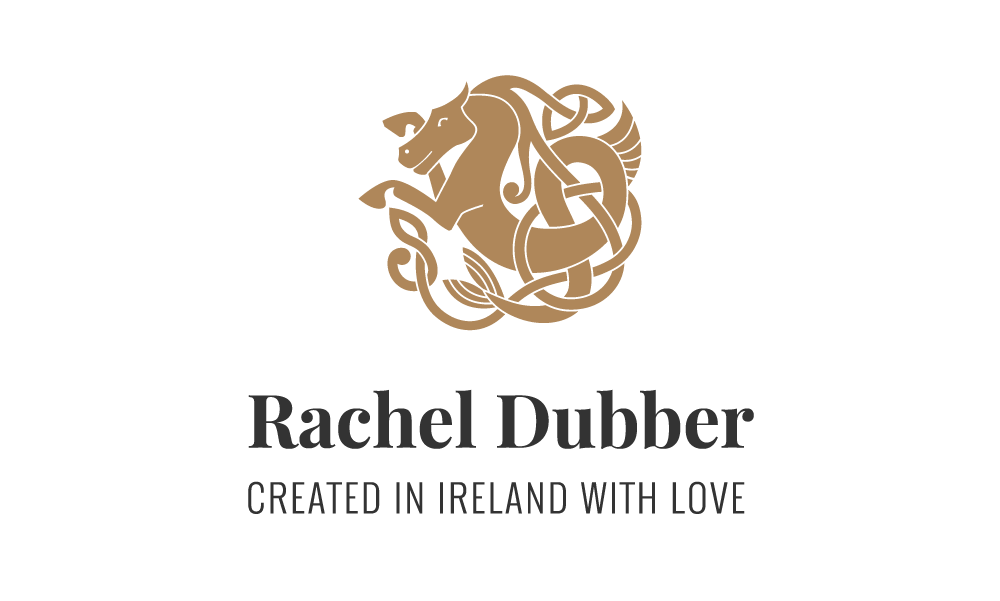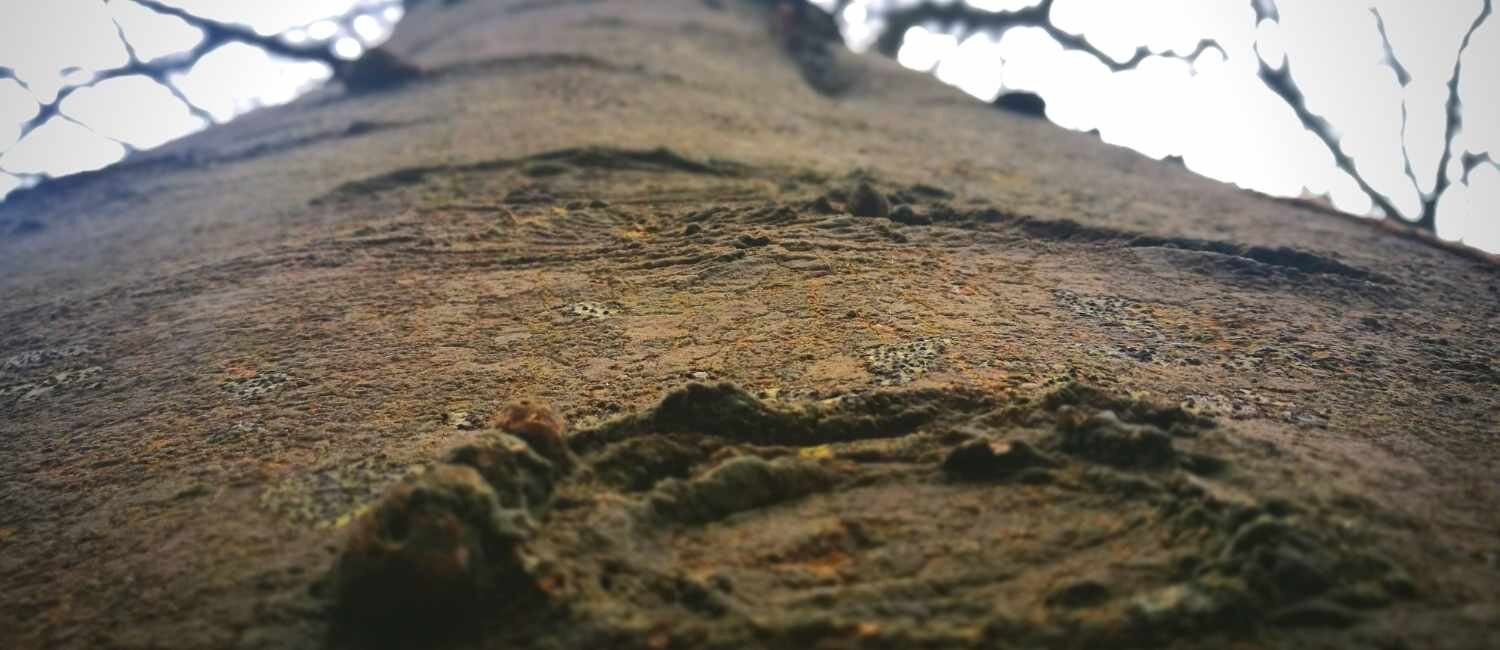What is the Evolution of the Chopping Board?
Do you ever stop to think how an item you use on a daily basis evolved? Take the humble chopping board for example.
Having most likely evolved from a functional slab of wood used by our ancestors, (yes right back to the cave men and women) to the ever more decorative and multi purposeful ones we have in our homes today.
The chopping boards in modern day use come in a variety of shapes, sizes, materials and colours. What started off as a functional piece of wood quickly progressed to become a kitchen essential, designed specifically to cut meats, vegetables, and fruits.
The most noticeable difference between the chopping boards of the past (mostly wood) is the variety of materials from which they are manufactured, they include plastic, glass and bamboo.
But which one is best for you?
The invention of plastic lead to homes having access to more readily available and durable items. Plastic being non porous was thought to be easier to clean, being dishwasher proof meant that it required no special maintenance. Plastic was (and still is) mass manufactured, a cheaper option that could be thrown away and replaced at minimum cost.
So, why buy anything other than plastic? Well, contrary to popular belief, plastic boards are not as sanitary as was once thought.
In the late 1980’s a researcher named Dean O. Cliver at the University of California, Davis, United States decided to investigate and research the comparison between plastic and wooden cutting boards, after the U.S. Department of Agriculture informed them they had no scientific evidence to support their recommendation that plastic rather than wooden cutting boards be used in home kitchens.
Cliver’s research was first intended to develop a means of disinfecting wooden cutting surfaces at home, so that they would be almost as safe as plastics.
His research on the subject found that wooden cutting boards contained less bacteria than plastic, on the wooden boards the bacteria sank below the surface where it didn't multiply and eventually died off.
Cliver discovered that on plastic boards bacteria got caught in knife grooves that were near impossible to clean out, whether the boards were washed by hand or in the dishwasher. While new plastic cutting boards were easy to disinfect, a used and scored plastic board harboured bacteria. One can only imagine that parts of the scored plastic end up in our food chain or oceans once damaged.
Food Preparations on Plastic Board-Silvia McCabe
More recently, Dr. Ulrike Kleiner, from the Laboratory of Hygiene Research at the Anhalt University in Bernburg, Germany, performed a new study on the hygienic qualities of wood and plastic cutting boards. Dr. Kleiner’s results reinforced Dr. Dean Cliver’s study: that hard wood cutting boards are more sanitary than plastic cutting boards. It has been scientifically proven that wood cutting boards inhibit bacterial growth, while plastic cutting boards have been proven to harbor bacteria.
So which board is really best for you?
Ultimately it is your decision, wood and plastic are both prone to bacteria if not properly cared for, so really it comes down to personal preference.
For me, without a doubt it is about the overall environmental effects of non-biodegradable plastic versus sustainable wood.
Being eco conscious I prefer choosing the more environmentally friendly products, that way I contribute in reducing pollution and contamination of natural resources like air, soil and water.
I use and produce my own Irish made, high quality, sustainably sourced hardwood chopping boards. They are easier on your knives; they are long lasting and biodegradable unlike the plastic alternative. I also prefer the look and feel of the wooden chopping boards. Our boards are decorated on one side with my signature donkey M'asal Beag Dubh, he has proven to be a great focal point and conversational piece at the table.
Yes they do take a little more TLC to maintain, but they will last longer if you put the effort in.
How do I care for my wooden boards?
I use separate boards for raw meats and vegetables
I always wash and dry my boards well, (not in the dishwasher)
A light rub with FDA approved mineral oil when required
Our beechwood platters are hand crafted from high quality natural wood. They are designed with one side for use as kitchen decor and presentation, and the other blank side for cutting. The rectangular design and size( 30.5 x 23.5cm x 2.3cm approx.) is the perfect gift for friends and family or a fun addition to your own kitchen.
Our boards are ethically produced. We only use sustainable wood from trees that have come to the end of their natural life and have been replaced with younger trees. Each board is hand finished with a gentle sanding and a generous coat of food safe mineral oil to protect the wood.
Available for purchase here or at our stockists.
Should you have any further question please do no hesitate to contact us.
Designed To Be Kind
Reference Sources
https://www.nytimes.com/1993/02/10/health/wooden-cutting-boards-found-safer-than-plastic.html
http://www.roundbarnwoodcrafts.com/pdf/PLASTIC%20AND%20WOODEN%20CUTTING%20BOARDS.pdf
https://www.johnboos.com/mailchimppdf/New%20German%20Study_.pdf
https://pdfs.semanticscholar.org/2458/5ce7610d5e3daf3b21e91989c0b634dafbcd.pdf


